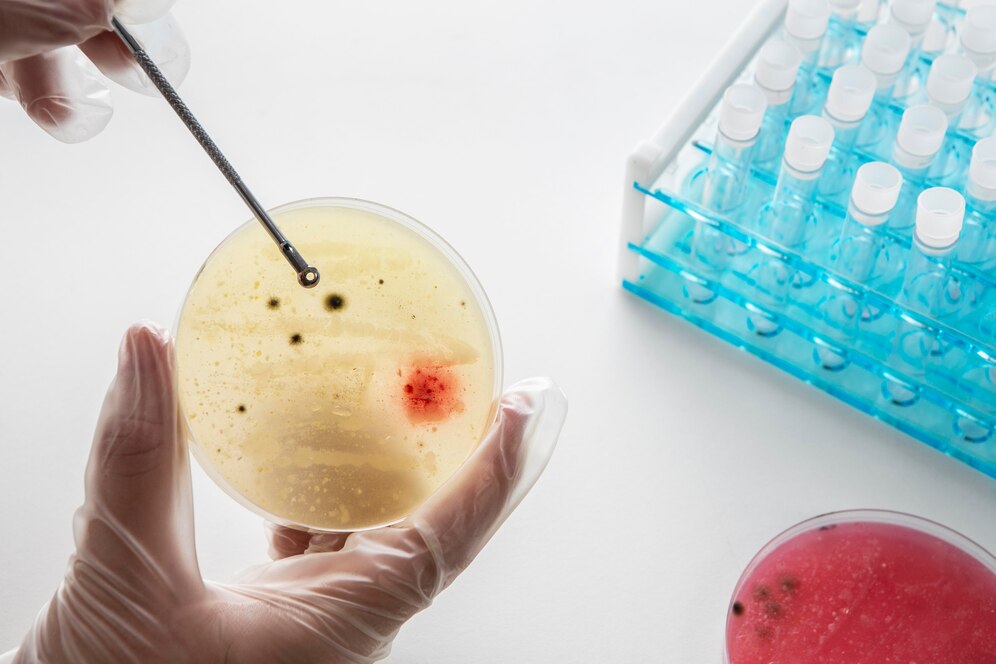Bone Marrow and Stem Cell Transplantation Overview
This treatment modality offers a strategic escalation in dosage standards beyond conventional levels to enhance therapeutic outcomes and delay disease progression in various conditions such as organ transplantation, lymphoma, and leukemia. It addresses deteriorative states in regions without evident carcinoma (Ca) indicators. The regimen often combines high-dose chemotherapy with radiotherapy over one to two days, targeting the eradication of disease while acknowledging the collateral damage to bone marrow and stem cells.
Post-treatment, patients may undergo autologous (using the patient's own cells) or allogeneic (using cells from a donor) stem cell transplantation to restore bone marrow function. High-dose chemotherapy is particularly utilized in high-risk or relapsed cancers such as lymphoma, acute leukemia, aplastic anemia, multiple myeloma, myelodysplastic syndromes, thalassemia, and germ cell tumors. This approach aims to maximize treatment efficacy by reducing residual cancer to undetectable levels, thereby optimizing patient outcomes.
Procedure of Transplantation
Before initiation, the medical team will explain the objectives of the treatment and require patient consent. The process involves reducing the cancer burden to the lowest possible level using chemotherapy and/or radiotherapy. Post-reduction, stem cells are harvested either from the patient or a compatible donor. The intensive treatment phase follows, aimed at eliminating any remaining cancer cells through chemotherapy and potentially radiotherapy, which significantly impacts bone health. Anti-emetic medications are administered to manage nausea during this phase.
After the intensive treatment, stem cells are reintroduced into the patient's bloodstream via a drip, a process similar to a blood transfusion. It typically takes 2-4 weeks for the new cells to engraft and start producing healthy blood cells, during which the patient remains hospitalized until blood cell counts stabilize. Ongoing support with medications and nursing care is crucial during this recovery phase.



